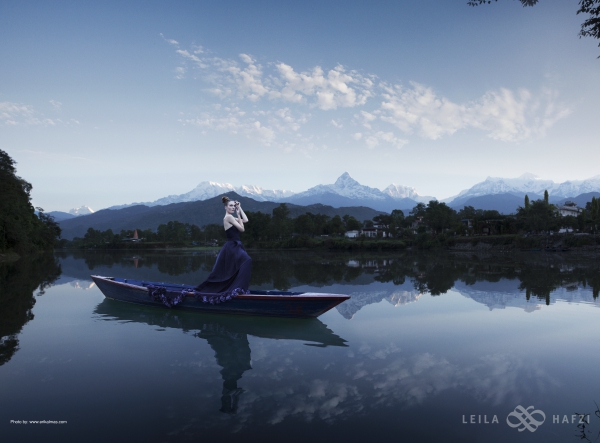On, 25 April 2015, 11.56am local time (GMT+5.45) powerful earthquake of magnitude 7.9 Richter scale, lasted almost a minute, struck Nepal, with epicenter nearby ancient capital Gorkha and devastating Gorkha itself, Kathmandu, Bhaktapur, Lalitpur, Sindhupalchok, Kavrepalanchok, Nuwakot, Dhading are some of the severely affected areas.
Several tremors and aftershocks have continued to follow the next 24 hours and nearly 25 hours later, another aftershock of nearly 6.7 Richter scale struck which added further damage to the devastation.
My family and we are safe and alive and our building has remained intact during all these tremors. Many people’s houses have cracked and people fearful of aftershocks are sheltering in the tents outside the house. The food and water supply are limited and many national international volunteering/support organizations have helped the needy ones so far.
If anyone reading this requires help and is in Nepal, please call “1234” from any telephone line in Nepal and you will be provided with help.
If you are someone willing to help people of Nepal at this crisis, please do so through the reliable people you know or directly through international aid organization such as Red Cross, World Food Program (WFP), UNICEF or similar trusted organizations.
The villages are most affected by the earthquake and if possible call people you know in those villages or try to communicate with them and let other people know (like us), if the survivors have reported they need help.
I would also like to thank all our friends, well wishers and relatives abroad who have been with us through this crisis and ready to help us anytime in need. We are always thankful to you.
UPDATE: (12th May 2015) After several aftershocks and repeated tremors and people returning to normal ways, another powerful earthquake of 7.3 Richter, on 12th May afternoon, shook Kathmandu with epicenter near Dolakha district. While it caused signifacant damages in Charikot and Dolakha districts and only few casaulties elsewhere, people’s lives have been disrupt and many people are again taking shelter in the tents and mostly in open spaces. People don’t know how long this will last and what damages are underway. Panic mode is again activated and it takes a long before we are able to return to normal lives. For now, most of the people daily schedule is to get up, eat, be scared, listen and ignore rumours, eat and go to bed and stay alert and try to be safe.
